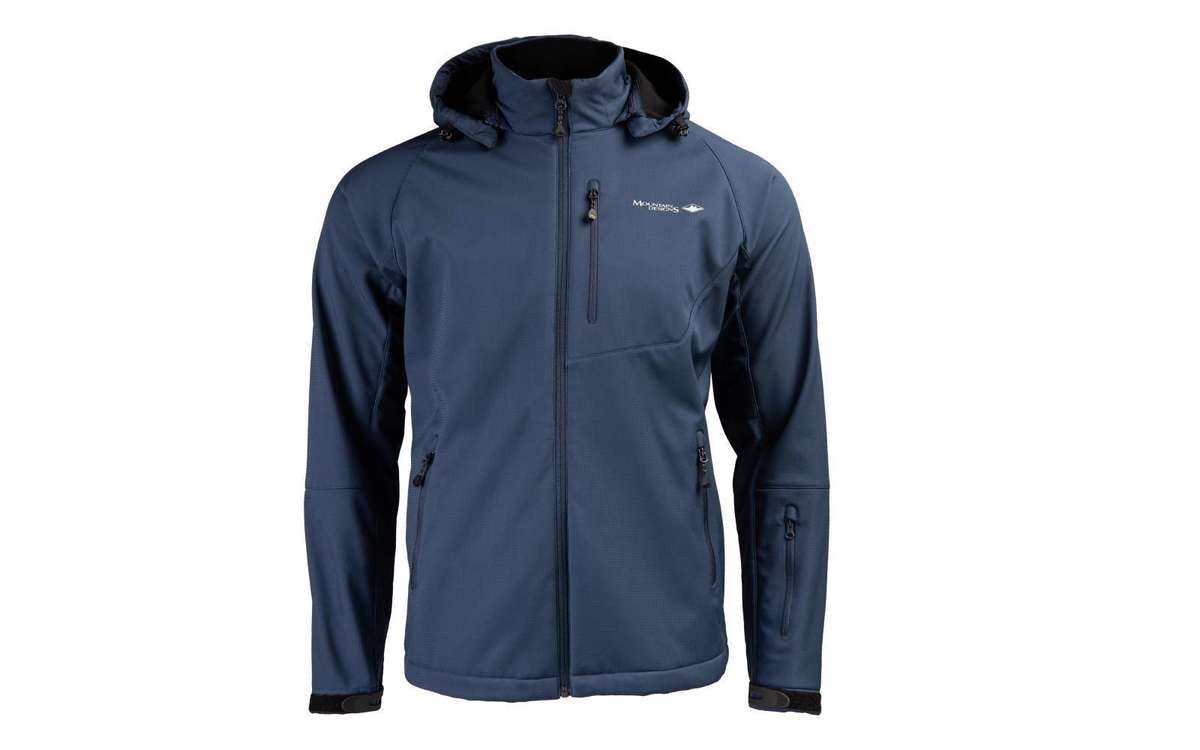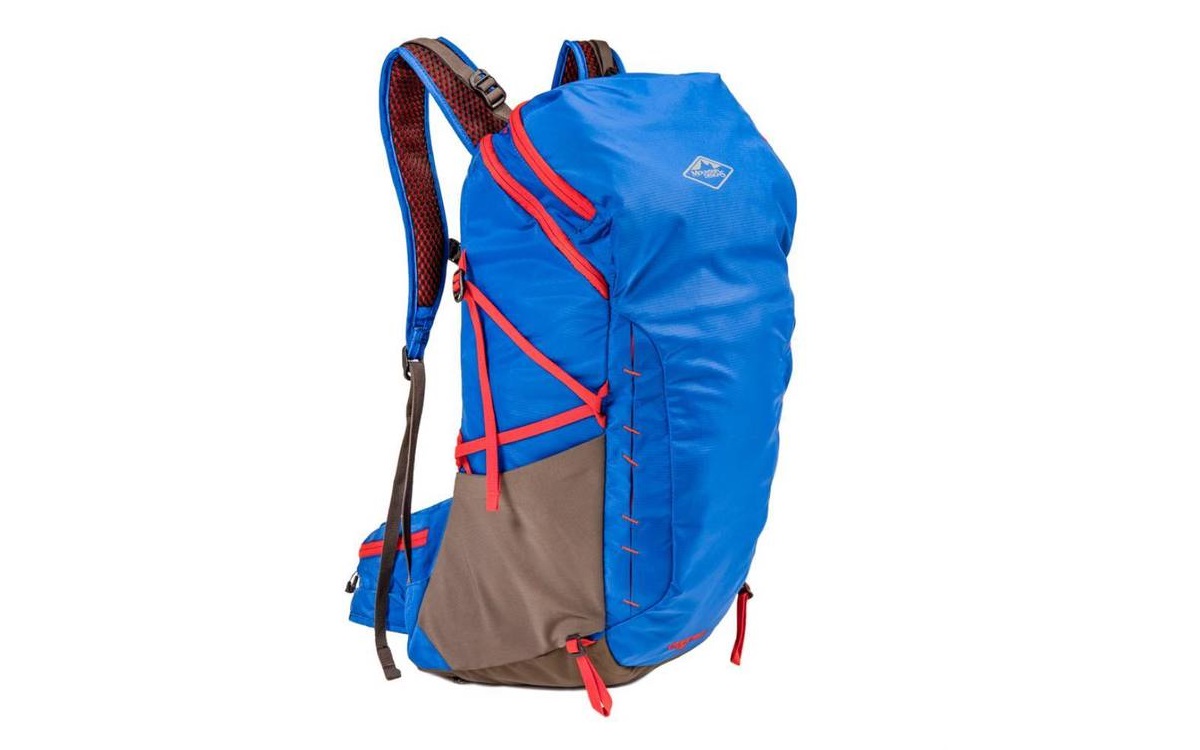| Your browser is not supported. | ||
|
Please browse our site using any of the following options:
| ||
How To - Shoot Into The Sun
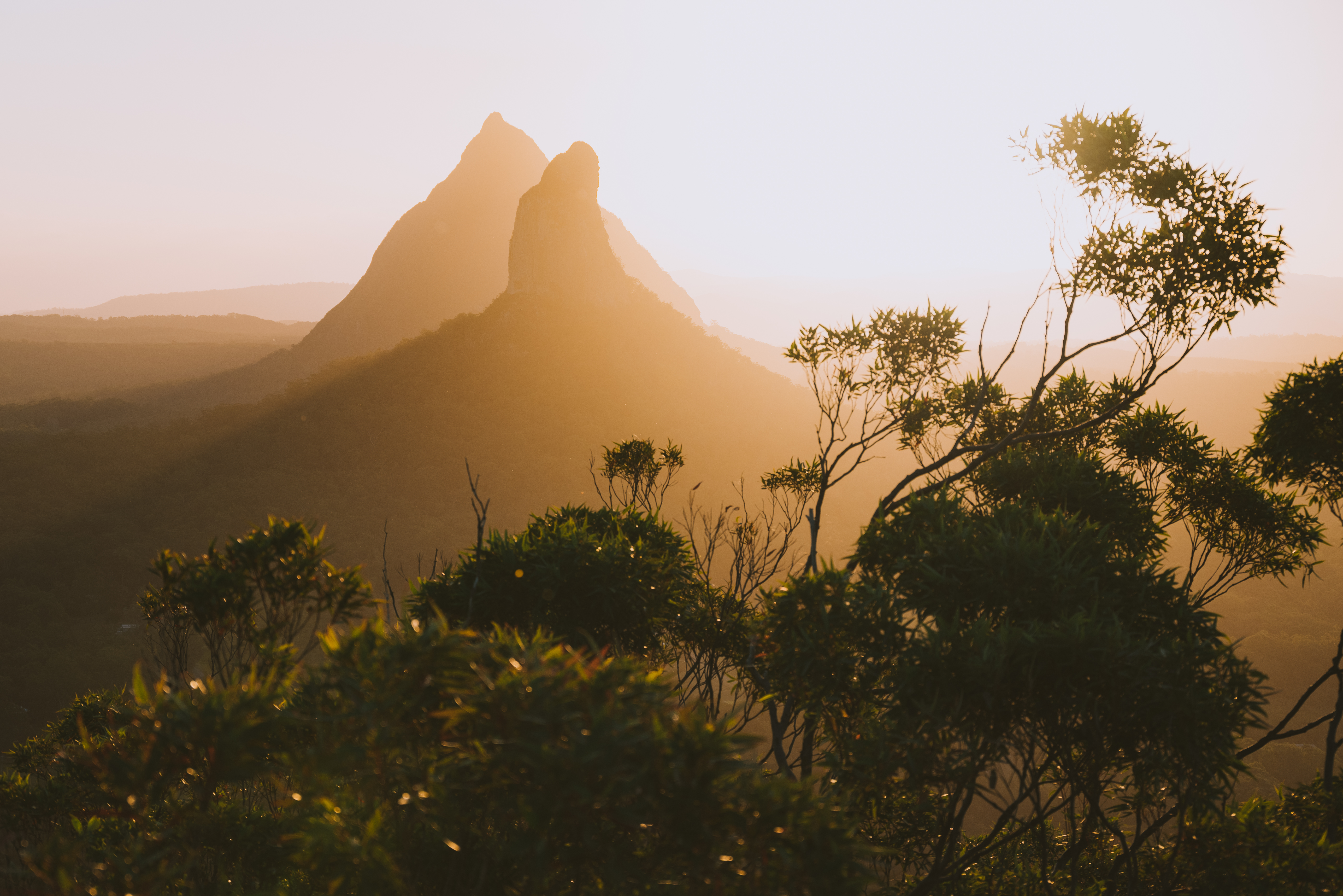
I shoot the bulk of my work directly into the sun. I love the backlit feel, with sun rays shining through and the silhouette possibilities. I know for a lot of photographers this is their worst nightmare, especially in film days, but with the post-processing power we have these days, shooting into the sun is easy but requires some basic knowledge. Here are some of my tips for getting the best results when shooting into the sun:
Things To Consider
There are some fundamental things to factor in when you're shooting into direct sun, which include:
- Utilise strong contrast. Shooting into the sun will increase the contrast between the blacks and whites of the image.
- Go for the silhouettes. Set your exposure for the brightest part of the image.
- Clean your lens. Dust spots show up more in direct sunlight.
- Use shadows to your advantage. Don't fight the natural elements, work with them if you can.
- Learn how to edit. You can retain detail in the shadows if you have some basic skills in this space.
- Sun flare can be awesome. This of course depends on the content and context, but like shadows, see if you can take advantage of the elements.
- Use the lens hood. Trial and error will help you work out the best way to use it.
Ideal Camera Settings
- Lowest ISO possible E.g. 100-200
- Shutter Speed around 1/500 + or double your focal length E.g. 200mm lens would be 1/400
- Aperture around f5.6 - f8
- Manual Settings
- Use the viewfinder
Example 1 - Location: Springbrook National Park, Queensland, Australia
Shooting into the sun gives immense depth to an image and helps to compliment the beautiful shadows that occur in the early morning and late afternoon. Because of the lower sun, the light has more atmosphere to travel through, resulting in possible light rays, or sometimes beautiful lit fog or clouds. These examples are both backlit for maximum effect. Notice how much depth is in the first image, with all the mountain layers lit up in a different way or different hue. Light rays also filter down the scene, further maximising its depth.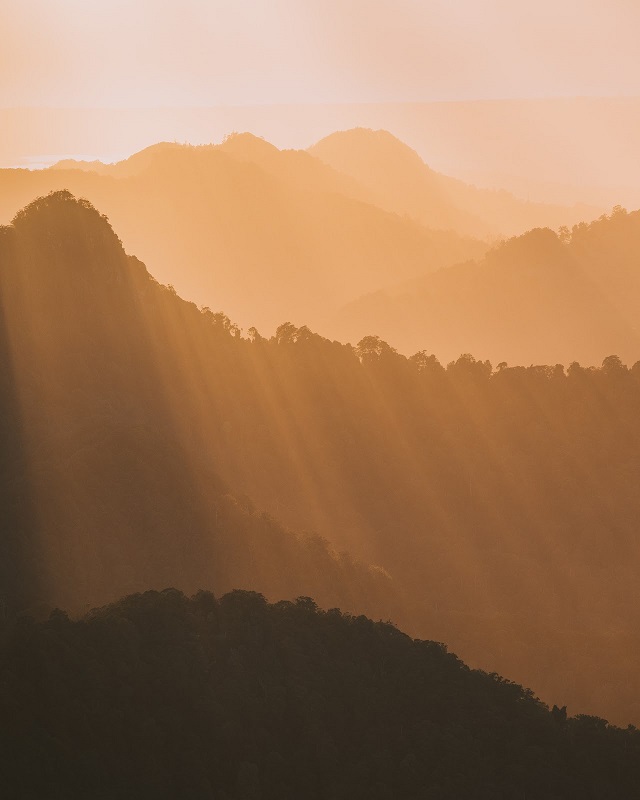
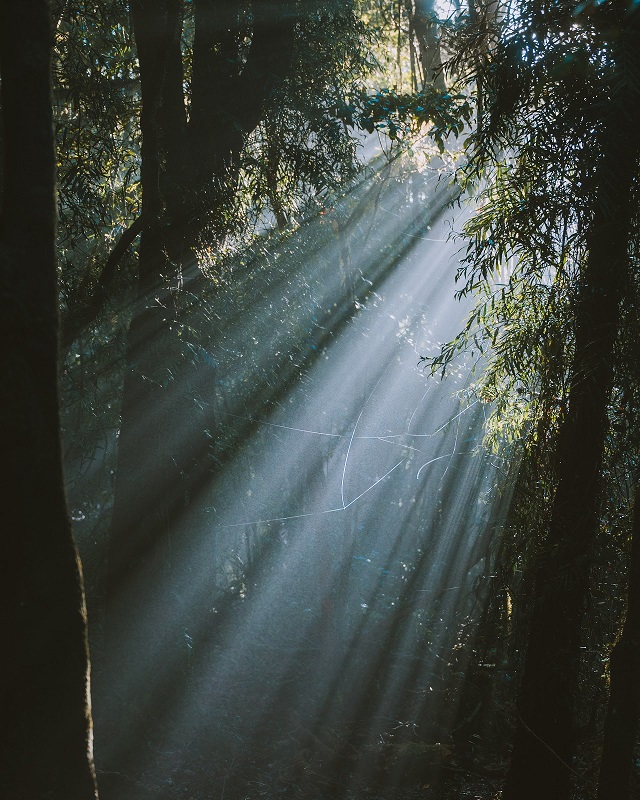
These examples from Springbrook National Park are both backlit for maximum effect. (Images courtesy of Harrison Candlin)
Example 2 - Location: Girraween National Park, Queensland, Australia
One of the biggest mistakes I see in amateur photographers, is shooting with the sun to their backs. Using the sun to your advantage can help create beautiful layered mountain photos, and increase how dramatic the scene is, amplifying the image definition and shape. This goes against traditional shooting methods, but for outdoor photography, it's key to use this technique. Shooting this scene directly into the sun meant the subject (the balancing rock and my partner Madison) were isolated and gave the scene a more silhouetted feel by using the backlight. Shot on the Fujifilm X-H1.
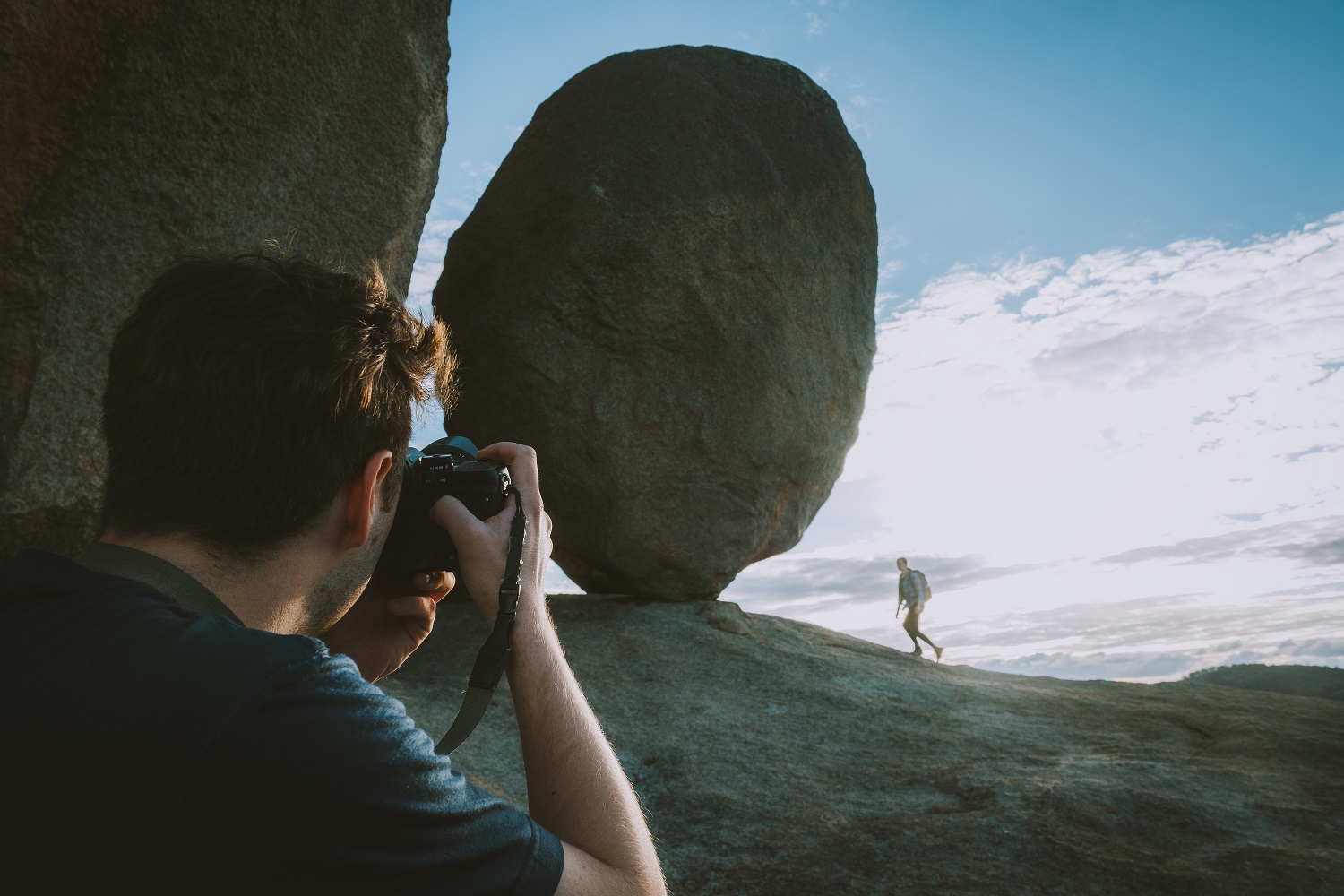
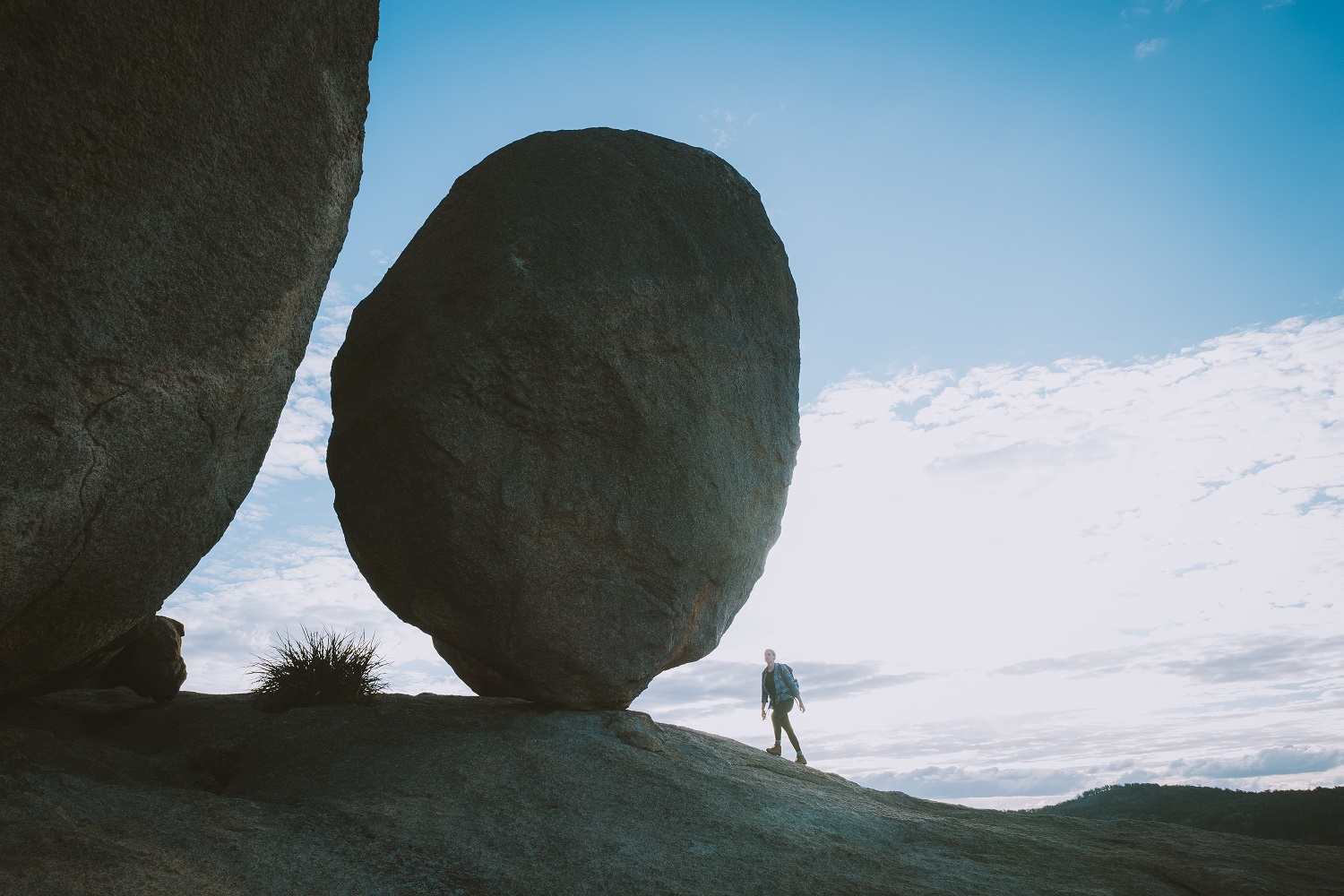
Shooting directly into the sun creates a silhouetted effect if the subject is isolated and the light is positioned correctly. (Images courtesy of Harrison Candlin)
Example 3 - Location: La Push, Washington, USA
As the sun set on the afternoon we shot this scene, the clouds parted and left a little gap for the sun to peak through and provide some gorgeous light. This allowed me to use the silhouetting technique to highlight the unique structures of the natural landmarks of the region, such as the sea stacks and rugged rock formations along the coastline. Shot on the Fujifilm X-H1.
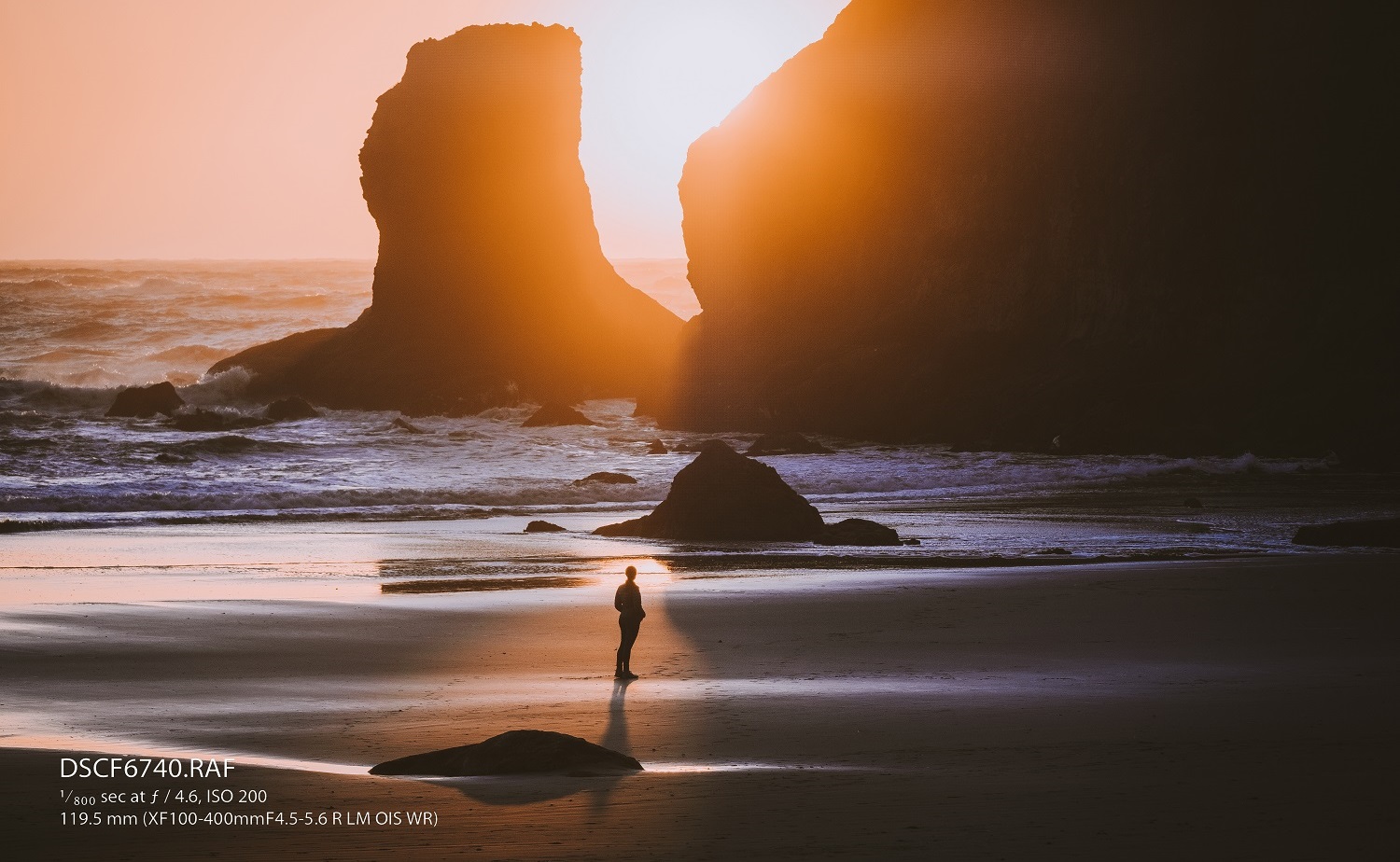
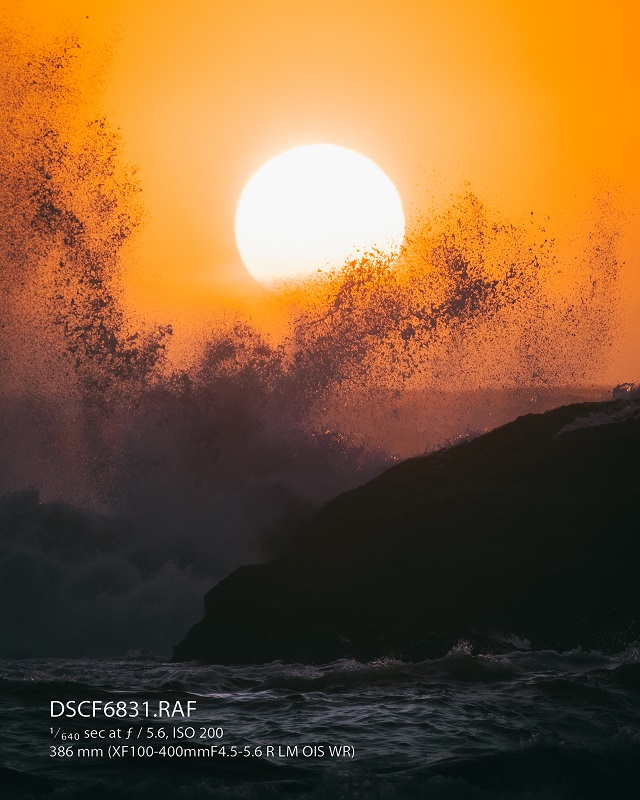
Some of my favourite beach shots, utilising the sun's light to create dramatic outlines of the natural structures found at the setting. (Images courtesy of Harrison Candlin)
Example 4 - Location: Cardrona, South Island, New Zealand
For this scene, I used the bright sunlight to accentuate the dust off the road, as well as the long shadows from the car. This helped to create a striking shot that captured movement, and visually narrate the story of a long, all-day road trip in the outdoors. Shot on the Fujifilm X-H1.
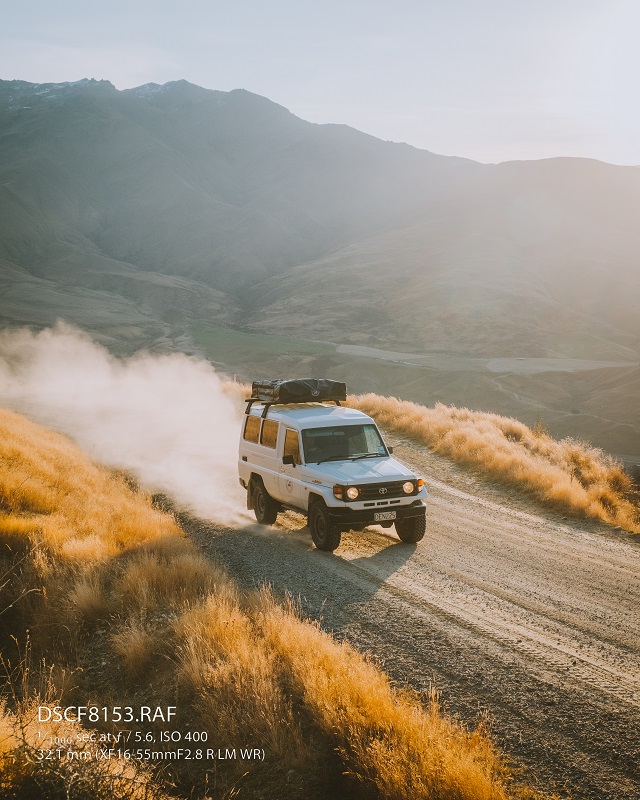
Here, the sunlight lit up the dust off the road while playing against the long and drawn-out shadows of the car, capturing the motion of the event and speaking to the 'long road trip' story. (Image courtesy of Harrison Candlin)
Photo Credits
All images supplied by Harrison Candlin
- Instagram @harrisoncandlin
- Website https://www.harrisoncandlin.com
